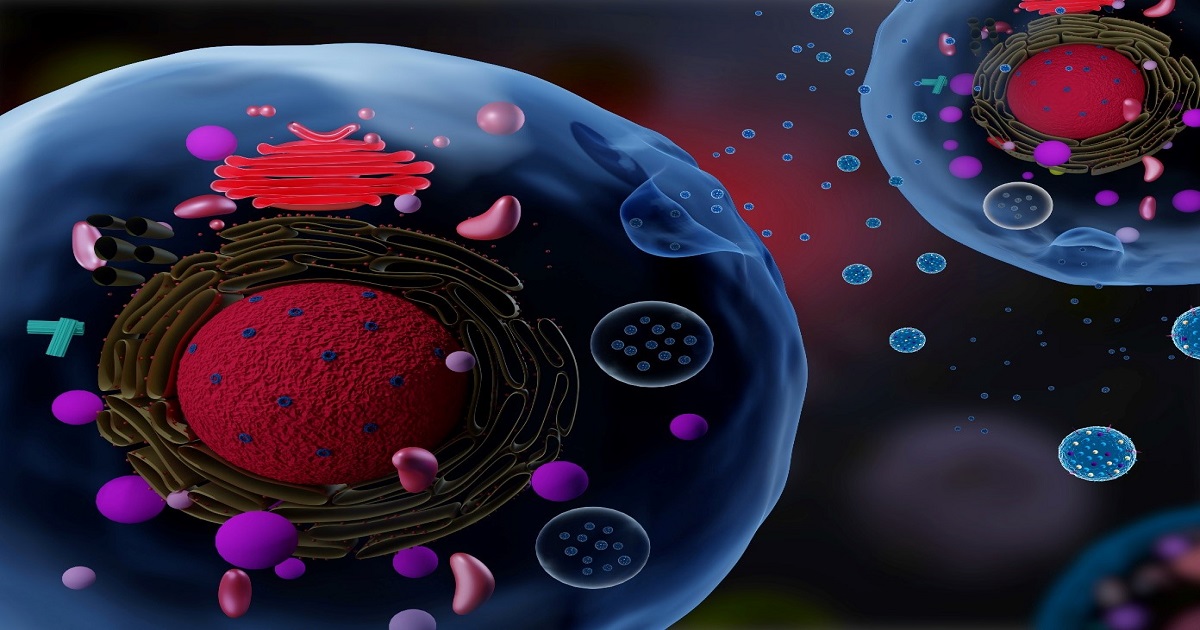The Role of Extracellular Vesicles as Modulators of the Tumor Microenvironment
Topic Information
Dear Colleagues,
The tumor microenvironment (TME) is a complex and dynamic ecosystem that influences tumor progression, invasion, metastasis, and treatment response. It is composed of cancer cells, stromal cells, immune cells, and various components of the extracellular matrix and recent research indicates that these components communicate with each other via extracellular vesicles (EVs). EVs are small membrane-bound vesicles released by almost all cells, including cancer cells, and are known to carry various bioactive molecules, such as proteins, nucleic acids, and lipids. This topic is dedicated to the emerging understanding of how EVs contribute to the modulation of the TME. Hereby, we focus on a variety of EV-related aspects, including, but not limited to, EVs as modulators of intercellular communication, the role of EVs in remodeling the extracellular matrix, the immunomodulatory effects of EVs, and EVs as biomarkers and therapeutic targets. We hope that this topic will provide further insights into the complex role of EVs in modulating the TME and will accelerate the development of novel EV-based therapeutic strategies.
Dr. Nils Ludwig
Dr. Miroslaw J Szczepanski
Topic Editors
Keywords
- extracellular vesicles
- exosomes
- tumor microenvironment
- intercellular communication
- immunomodulation
